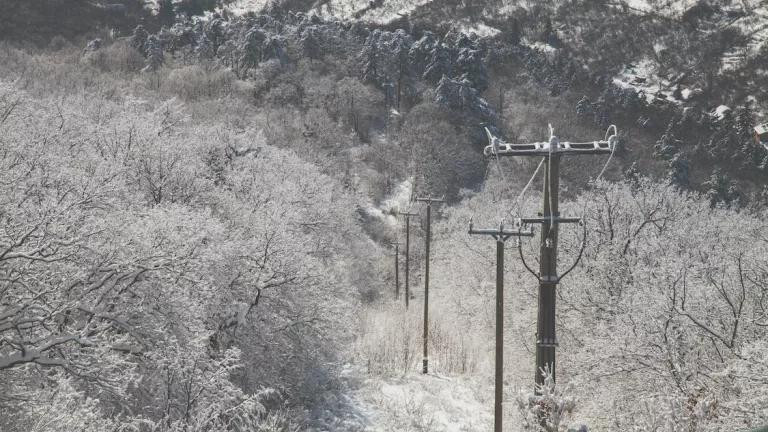Broward County, home to Ft. Lauderdale and over 1.7 million people, sits along the eastern coast of Florida. The low-lying nature of much of the county, in addition to its proximity to the Atlantic Ocean, makes it extremely vulnerable to sea level rise. According to an analysis by Climate Central, Broward County is second only to Miami-Dade County in terms of total population exposed to sea level rise and storm surge in Florida. Nearly 37 percent of the county’s total population, nearly 650,000 people, is within four feet of sea level and at risk to flooding by 2050 from the combined effects of sea level rise, storm surge, and tides. Further, an estimated $6.9 billion to $12.1 billion worth of property in the county is at risk from a sea level rise of three feet. Scientists estimate sea level rise could range from 9 to 15 inches by 2050 and 2 to 4 feet by 2100.
Recognizing the substantial risks the county faces from climate change, Broward County along with the counties of Miami-Dade, Palm Beach, and Monroe established the Southeast Florida Regional Climate Change Compact in 2009. This collaborative effort is aimed at addressing the threat of climate change by establishing policies that reduce carbon pollution as well as policies that help prepare for climate impacts. To this end, the counties have developed uniform sea level rise projections for planning purposes (9-24 inches by 2060) and in December 2011, released a draft regional climate change action plan.
Apart from regional efforts aimed at addressing climate change, Broward County also has taken action on its own. Last week, the County Commission voted to approve a resolution requesting the addition of a “climate change element” to the county’s comprehensive plan, which guides future land use and development decisions.
The element sets forth numerous priorities to address climate change through emissions reduction, including by increasing renewable energy and improving public transit. The element also includes policies aimed at increasing the resilience of transportation infrastructure, buildings, natural systems, and water resources to climate impacts. Policies include considering possible increases in road surface elevation standards, developing new 100-year stormwater flood projections, discouraging density increases in vulnerable areas, expanding green infrastructure, and requiring the use of reclaimed water for irrigation.
Broward County’s climate change element now goes to state agencies for review and comment.
While Broward County and several other counties in southeastern Florida are establishing themselves as pioneers within the Sunshine State on climate change planning, the state government in Tallahassee is not acting with enough urgency to address climate risks. As the most vulnerable state to sea level rise, Florida should be following the lead of Broward County and neighboring counties—not to mention other states—and devise and implement a comprehensive plan for climate preparedness.



